Martha Argerich - Beethoven: Piano Concertos Nos. 1 & 2 (2017)
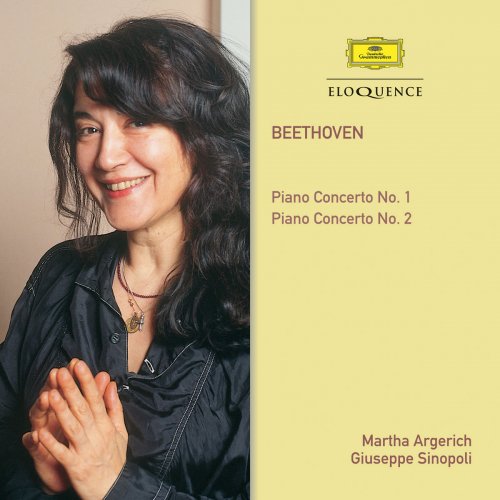
Artist: Martha Argerich
Title: Beethoven: Piano Concertos Nos. 1 & 2
Year Of Release: 2017
Label: Deutsche Grammophon
Genre: Classical
Quality: FLAC (tracks)
Total Time: 65:23 min
Total Size: 240 MB
WebSite: Album Preview
Tracklist:Title: Beethoven: Piano Concertos Nos. 1 & 2
Year Of Release: 2017
Label: Deutsche Grammophon
Genre: Classical
Quality: FLAC (tracks)
Total Time: 65:23 min
Total Size: 240 MB
WebSite: Album Preview
01. Piano Concerto No. 1 in C Major, Op. 15 : 1. Allegro con brio
02. Piano Concerto No. 1 in C Major, Op. 15 : 2. Largo
03. Piano Concerto No. 1 in C Major, Op. 15 : 3. Rondo (Allegro scherzando)
04. Piano Concerto No. 2 in B-Flat Major, Op. 19 : 1. Allegro con brio
05. Piano Concerto No. 2 in B-Flat Major, Op. 19 : 2. Adagio
06. Piano Concerto No. 2 in B-Flat Major, Op. 19 : 3. Rondo (Molto allegro)
This one-off partnership on record between the mercurial Argentinean pianist and scholarly Italian conductor may have looked unlikely on paper, but it struck sparks in early Beethoven, as the critical response at the time recognised. Martha Argerich is, as Gramophone’s reviewer acknowledged in September 1986, a brilliant technician, ‘but there is also a fantastic streak in her make-up, a capacity for creative fantasy, which is needed if areas of these remarkable works are to be brought fully and vividly to life. In both these early concertos, her touch is light and expert’.
The pianist herself makes much the same point in a Swiss TV documentary, where she expresses bafflement that critics lavish such praise over her technique: she sees it as a means to an end. In this she would have won the hearty approval of the composer. Such accounts as we have of his teaching, from Carl Czerny and Ferdinand Ries among others, continually stress that Beethoven’s work with students at the bench focused on the care they took to turn and shape a phrase, to emphasize or attack here, to shade there. The mechanics of technique he expected the students to look after for themselves.
Argerich went on to re-record the Second with another Italian conductor, Claudio Abbado, in 2003, but the rhythmic discipline of the early reading has worn well over the years, with its ‘robust and passionate’ slow movement (Jed Distler in Classics Today).
The pianist herself makes much the same point in a Swiss TV documentary, where she expresses bafflement that critics lavish such praise over her technique: she sees it as a means to an end. In this she would have won the hearty approval of the composer. Such accounts as we have of his teaching, from Carl Czerny and Ferdinand Ries among others, continually stress that Beethoven’s work with students at the bench focused on the care they took to turn and shape a phrase, to emphasize or attack here, to shade there. The mechanics of technique he expected the students to look after for themselves.
Argerich went on to re-record the Second with another Italian conductor, Claudio Abbado, in 2003, but the rhythmic discipline of the early reading has worn well over the years, with its ‘robust and passionate’ slow movement (Jed Distler in Classics Today).
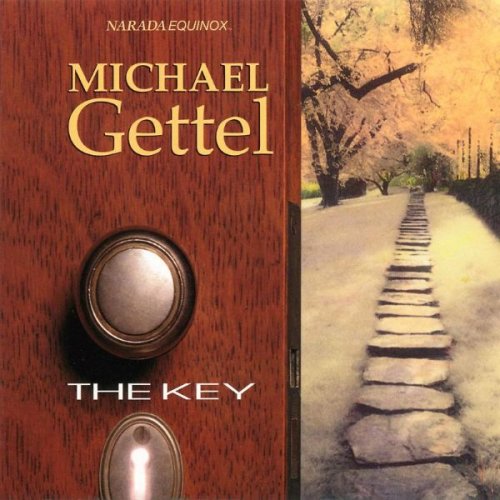
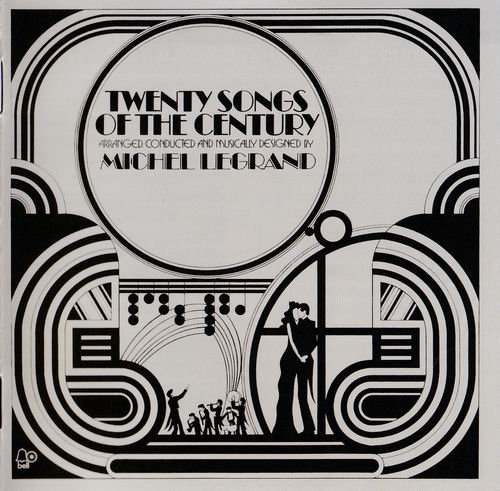
![Dave Holland - Emerald Tears (1977/2025) [Hi-Res] Dave Holland - Emerald Tears (1977/2025) [Hi-Res]](https://www.dibpic.com/uploads/posts/2025-12/1765891427_cover.jpg)
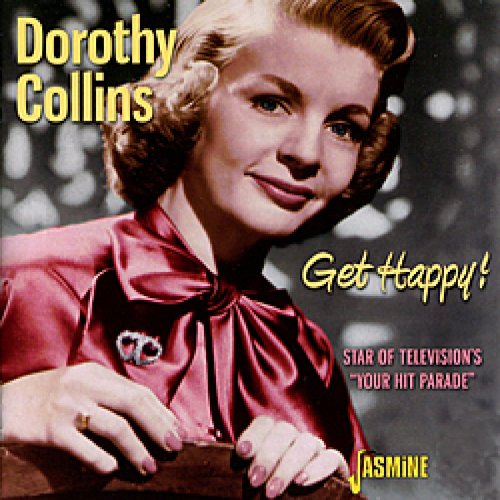
![Cornelius Claudio Kreusch - Scoop (2025) [Hi-Res] Cornelius Claudio Kreusch - Scoop (2025) [Hi-Res]](https://www.dibpic.com/uploads/posts/2025-12/1765893706_folder.jpg)

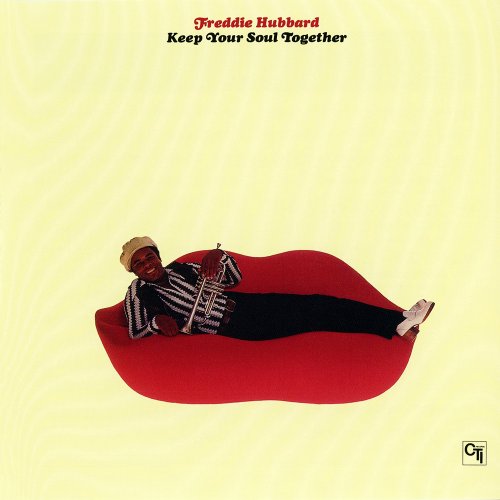

![Sibel Köse Septet - In Good Company (2025) [Hi-Res] Sibel Köse Septet - In Good Company (2025) [Hi-Res]](https://www.dibpic.com/uploads/posts/2025-12/1765846644_uizwujac4ht2d_600.jpg)